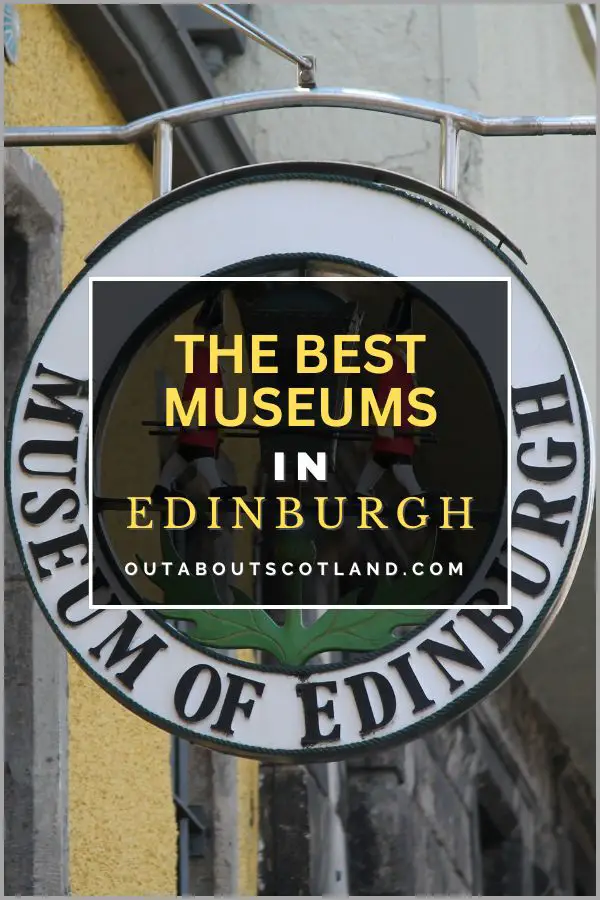Nestled in the heart of Scotland’s historic capital, the Royal Botanic Garden Edinburgh (RBGE) is a verdant oasis that promises an escape from the hustle and bustle of city life. As one of the oldest and most important botanical institutions in the world, it’s a must-visit destination for nature lovers, horticulture enthusiasts, and curious travellers alike.
In this article, we’ll uncover the enchanting beauty and scientific significance of this green gem, offering you a glimpse into the experiences that await among its carefully curated gardens and glasshouses.
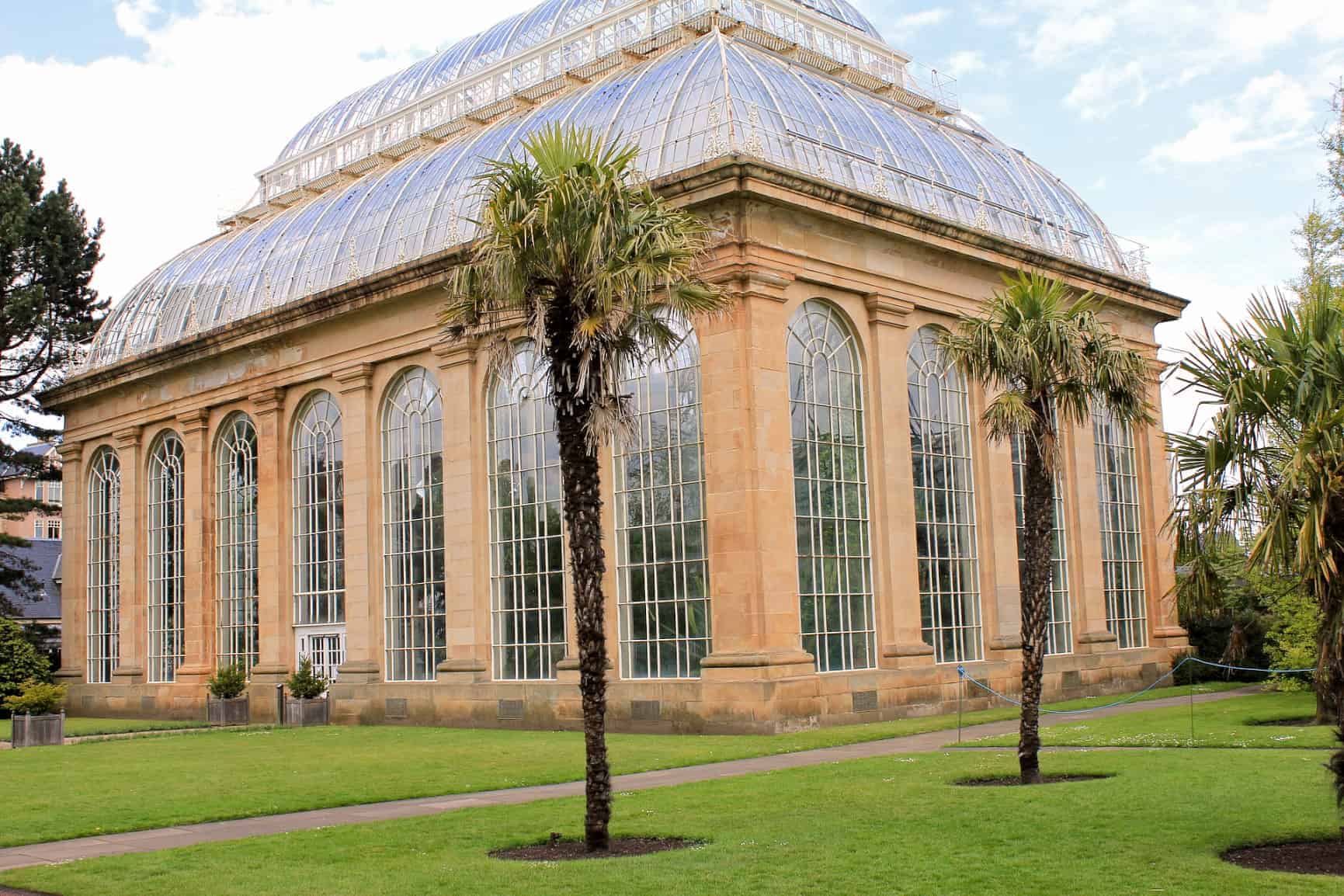
| Address: | 20a Inverleith Row, Edinburgh, EH3 5LR |
| Opening Hours: | The Garden is open daily except for 25 December and 1 January March to September: 10 am - 6 pm (last entry 5.15 pm) October and February: 10 am - 5 pm (last entry 4.15 pm) November to January: 10 am - 4 pm (last entry 3.15 pm) |
| Admission Price: | Free |
| Parking: | On-site car park |
| Contact: | 0131 2482909 |
| Facilities: | Cafe, coffee bar, gift shop, toilets, wheelchair/pushchair access, guided tours |
Overview
One of the best botanic gardens in the UK is located in Edinburgh, and a short bus ride from the city centre will allow you to explore over 13,000 different plant species in the most beautifully landscaped and manicured grounds you’re ever likely to see.
The Oxford Botanic Garden is the oldest botanic garden in Britain, with the Royal Botanic Garden Edinburgh coming in second. However, the garden in Edinburgh boasts Britain’s most diverse collections of plants, and across its 70 acres you’ll find yourself transported all over the world, from the low-lying mosses that live in the Peruvian mountains to the dense green vegetation of the Brazilian jungles.
As a place to relax away from the busy city centre, the gardens are only equalled by the Water of Leith for peace and quiet, which is why you’ll always find Edinburgh locals wandering through the grounds. For tourists, the facilities easily match those found at other Edinburgh attractions, with cafés, a restaurant, snack stations, a gift shop, and an information centre catering to the needs of visitors of all ages.
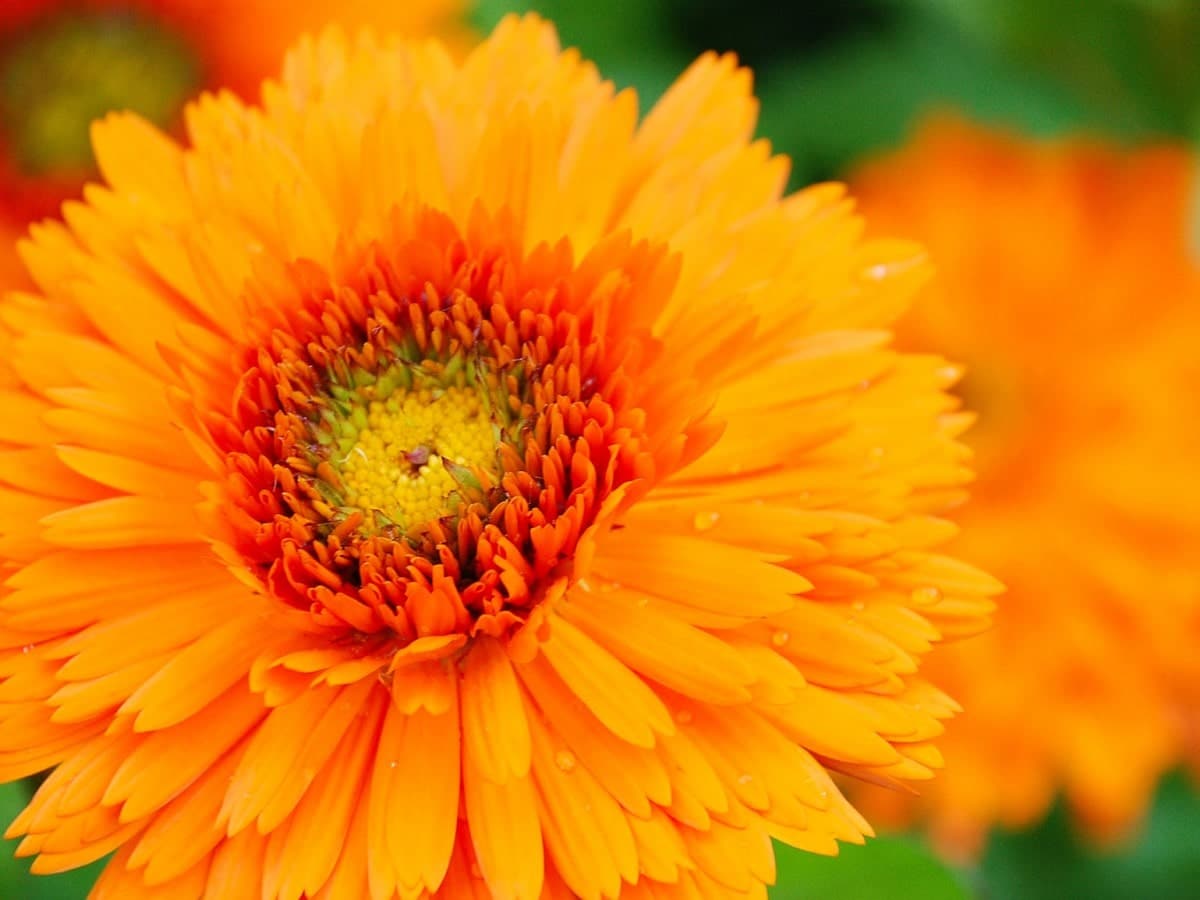
Book Tours in Scotland
The Highlights
1: The RBGE is renowned for its collection of plants, which is among the richest in the world. Visitors can see a wide variety of plants from different climates and regions, including a large collection of Chinese plants, the famous Rock Garden, and a Scottish Heath Garden.
2: One of the most iconic structures within the Gardens is the Victorian Palm House, the tallest traditional glasshouse in Britain. It offers a unique glimpse into the Victorian fascination with exotic plant species. Inside, you can find a variety of tropical palms and plants, and the temperature and humidity make it feel like you’re stepping into a rainforest.
3: The RBGE is committed to education and conservation. It offers a variety of workshops, guided tours, and educational programmes for all ages. Visitors have the chance to learn about the importance of plants in our world and the efforts being made to protect them.
Visiting Tips
1: Download a map of the gardens from the RBGE website or pick one up on arrival to help you navigate the 70 acres of beautiful landscapes.
2: If you’re interested in a guided tour, look into the options and timings in advance. Tours can offer a deeper insight into the collections and the history of the gardens.
3: Visit the glasshouses early in your trip as they can become quite warm, especially on sunny days. This is also a good strategy to avoid potential crowds that gather later in the day.
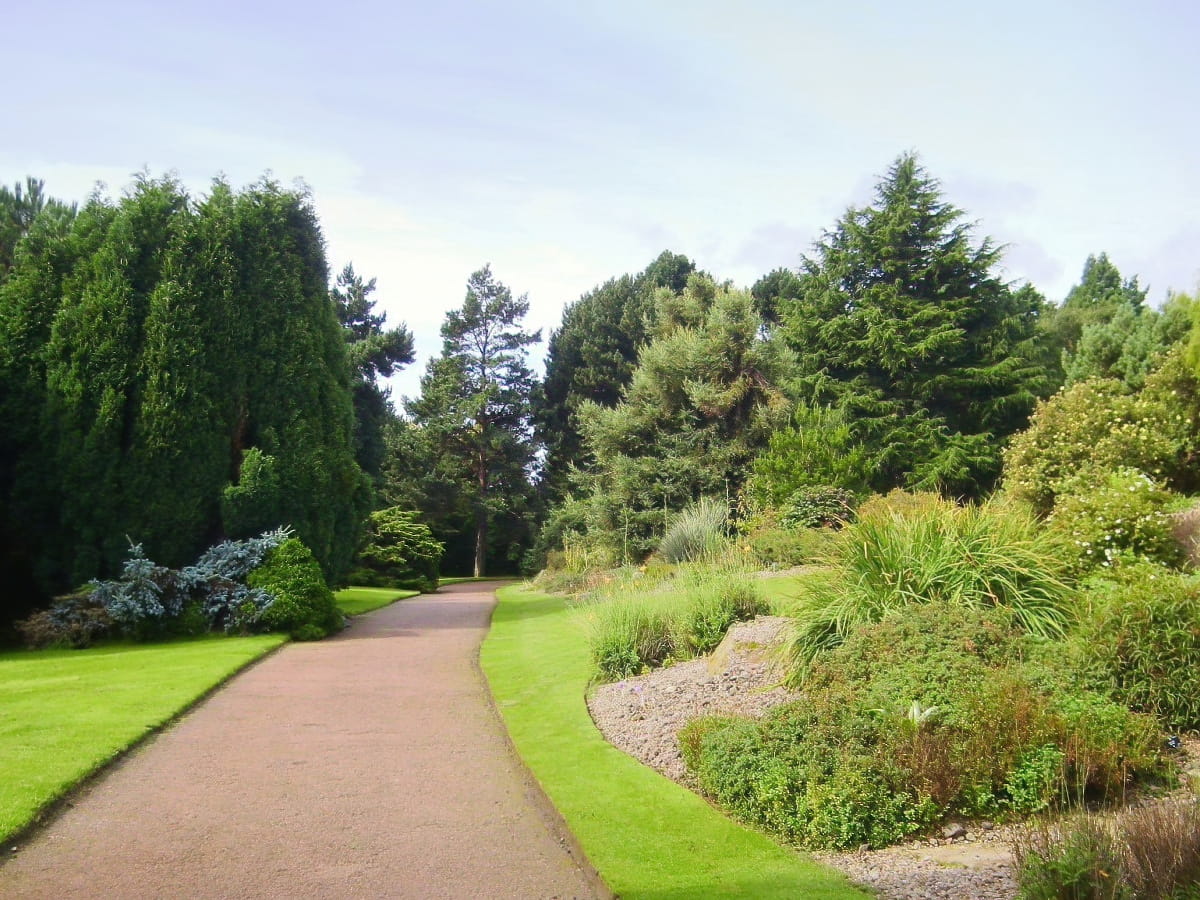
Protect Your Family From Scotland's Biting Midges
- Powerful, reliable protection for up to 8 hours
- Water- and sweat resistant
- Repels midges, mosquitoes, horse flies, sand flies, fleas and ticks
- Safe for use on adults, children over 30 months and pregnant women
- Non-sticky, moisturising with a pleasant fragrance
- Packaging may vary
Tourist Information
Due to their immense size, the gardens can be entered via several different gatehouses, so it’s a good idea to pick up a map at the visitor centre to get your bearings at the start of your visit.
The gardens themselves are divided into regions of the world that all flow seamlessly into one another, from alpine rockeries to a Chinese hillside garden. If you want to see the majority of Scotland’s wild plant life, then a walk around the Scottish heather garden is a must, and children will delight in exploring the abandoned croft within this area. You’ll even find a small loch nearby for that authentic Highland experience!
Although the gardens are free to enter, it’s well worth paying the entrance fee to get into the premier attraction of the RBGE which is the incredible jungle that lives inside the enormous glasshouses. These glasshouses contain some of the oldest plants in the entire collection as well as some of the largest, and in total, there are over 3,000 exotic plants that have been sourced from across the globe.
Other highlights include a woodland garden, a tree collection, a Rhododendron collection, alpine houses and a botanic cottage (which is used for education and community sessions), while the visitor centre houses exhibitions that change regularly.
In recent years, the RBGE has developed into a world leader for the conservation of plants and currently holds 4% of all known species from across the planet, either in the main garden at Inverleith or the three smaller conservation centres at Dawyck, Logan, and Benmore. In addition, the Royal Botanic Garden Edinburgh holds Scotland’s national reference collection for horticultural resources, comprising over 70,000 books for the use of international researchers.
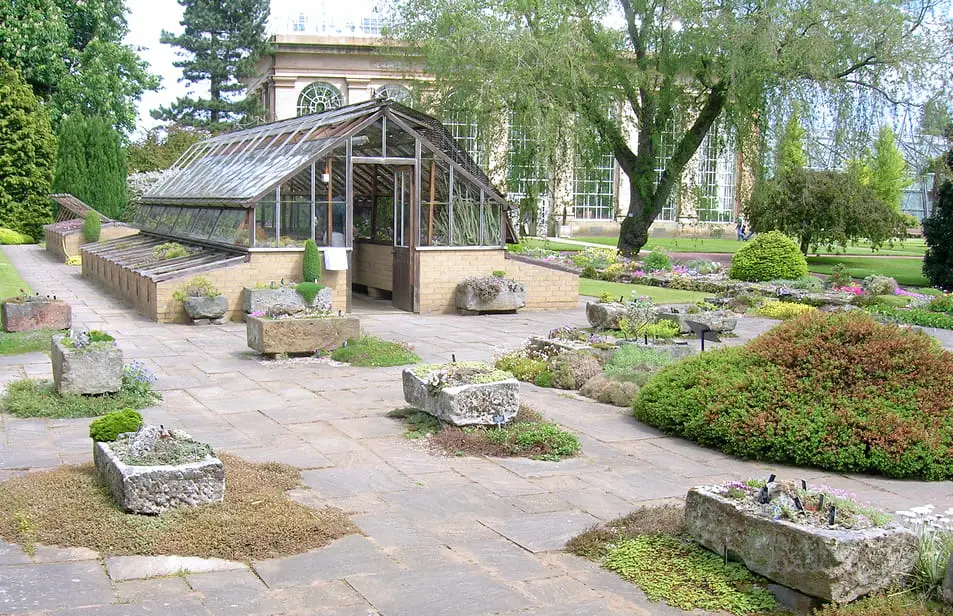
History
As previously mentioned, Edinburgh’s Botanic Gardens has its roots (no pun intended…) dating back to 1670 when Sir Patrick Murray donated his private plant collection to the city for preservation after his death. These plants along with other donations subsequently formed the basis of a leisure garden in Holyrood Abbey.
Before long, this site proved to be too small for the ever-expanding collection so it was moved to an area of ground to the east of the Nor Loch, in what is now known as Princes Street Gardens. A third location was developed at Leith Walk in the 1700s in an attempt to move the plant collection away from the pollution of the city centre, and there it remained until it was finally relocated to its current location at Inverleith Row.
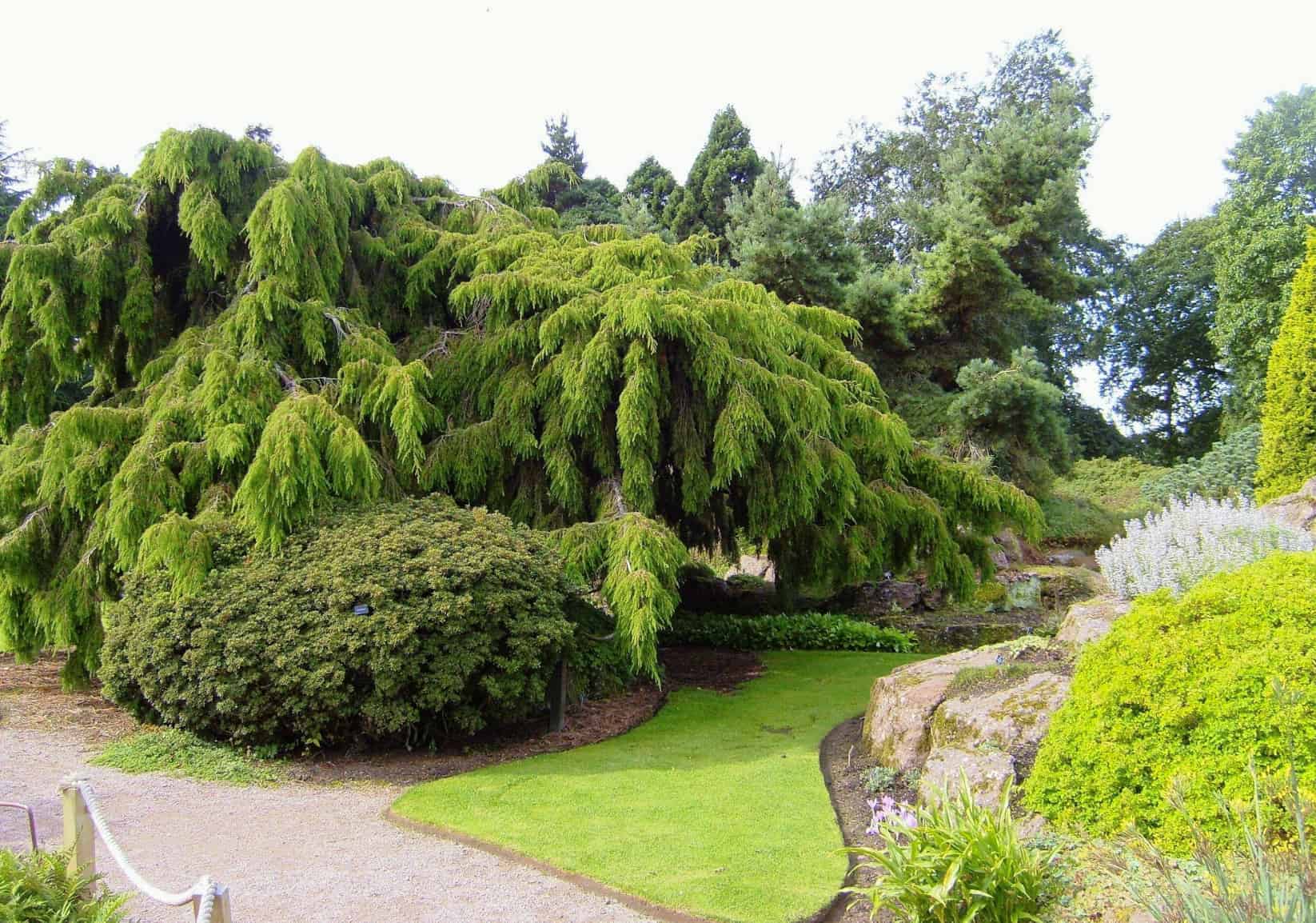
Things to Do
Explore the Glasshouses: Discover magnificent glasshouses at the Royal Botanic Garden Edinburgh. Each one showcases different climatic zones from steamy tropics to arid deserts, all filled with diverse and exotic plant species. You can walk amongst giant water lilies, towering palms, and delicate orchids, experiencing a botanical journey around the world without ever having to leave Scotland.
Stroll through the Rock Garden. This stunning garden is a haven for plant lovers. Showcasing over 5,000 alpine plants in a beautifully landscaped setting, you’ll be mesmerized by how delicate some of the leaves and flowers are.
Enjoy a Walk: The RBGE is set in over 70 acres of landscaped grounds with a network of well-maintained tarmacked paths running through the site. Go for a leisurely stroll through the woodland garden, the Chinese Hillside, and the Scottish Native Plants Collection, and enjoy a free day out that will keep the kids amused for hours on end.
Join a Guided Tour: The Royal Botanic Garden offers a range of guided tours that cater to all interests and ages. From British Sign Language tours to afternoon tea tours, there’s always something exciting happening.
Relax at the Terrace Café: After a day of exploring the gardens, unwind at the Terrace Café. Enjoy locally sourced food with table seating in a relaxed setting. With a menu that changes with the seasons, it’s the perfect place to sit back and reflect on your time at the RBGE.
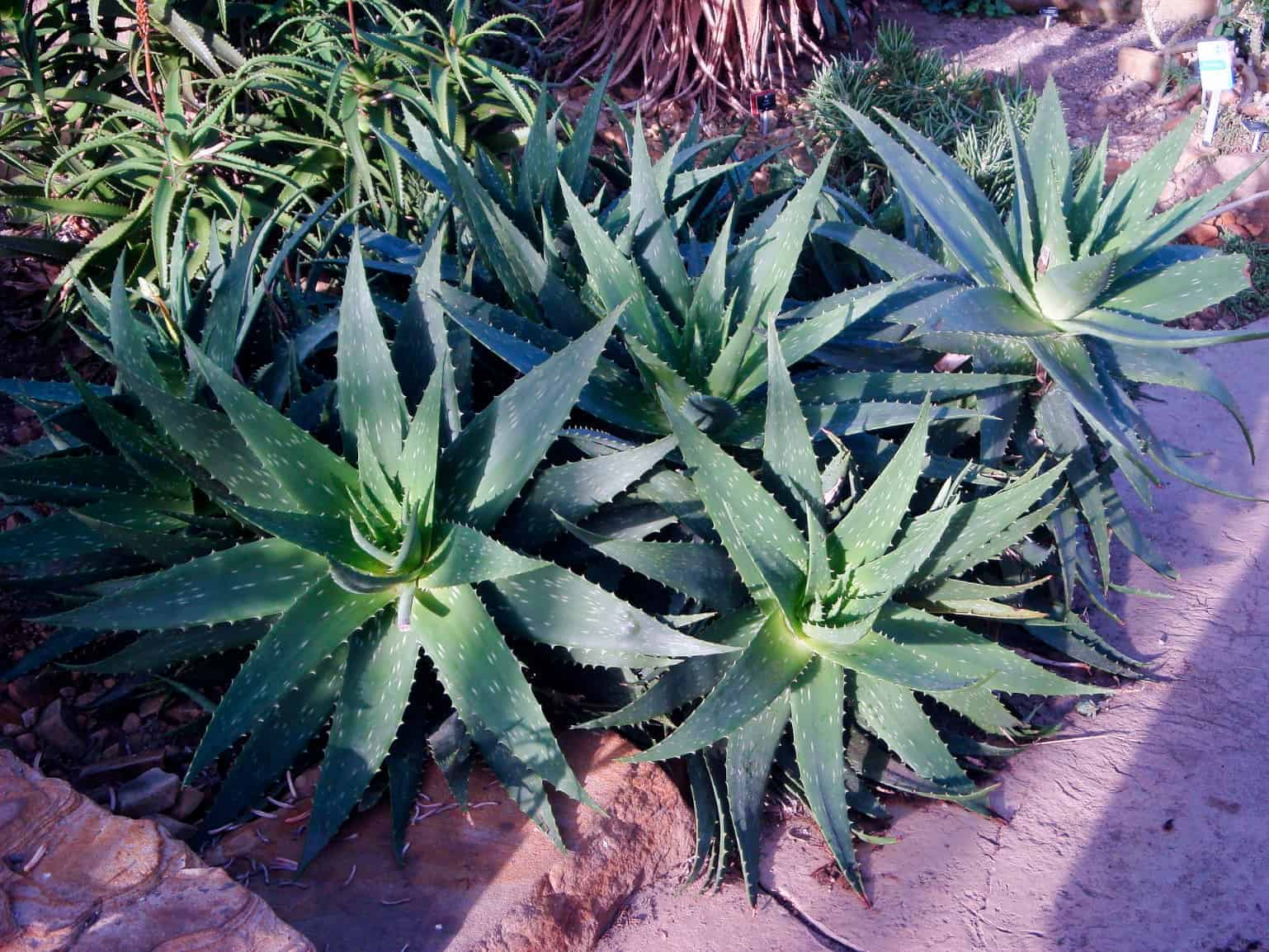
Book Tours in Scotland
Things to Do Nearby
The Water of Leith. Inverleith Terrace, Edinburgh EH3 5NU. 8-minute walk.
A walkway that runs for 12 miles from the Colzium Hills outside of Edinburgh to Leith. The majority of the path is set on quiet pavement that runs alongside the river. Much loved by locals for its wildlife.
Dean Village. Dean Path, Edinburgh, EH4 3AY. 27-minute walk.
The long-since-abandoned mills that used Leith water to power them were the inspiration for the development of Dean Village, a historic neighbourhood in Edinburgh. Today, the attractive buildings and scenic river provide a wonderful photo opportunity for visiting tourists.
Warriston Path. Edinburgh EH3 5JX. 7-minute walk.
A disused railway line gives visitors to Edinburgh a picturesque walk from King George V Park all the way to Leith. It is split into Warriston, Goldenacre and Trinity sections, with Warriston being the closest to the botanic gardens.
The Georgian House. 7 Charlotte Square, Edinburgh, EH2 4DR. 27-minute walk.
The National Trust for Scotland, which is in charge of this genuine Georgian house, has restored each room to appear exactly as it would have in the 18th century. The historic attraction offers fine paintings, costumes, and furnishings to view on a self-guided tour.
The Scotch Malt Whisky Society. 28 Queen St, Edinburgh EH2 1JX. 25-minute walk.
There are two venues for the SMWS in Edinburgh – The Vaults in Leith and Queen Street in the city centre. The Queen Street site offers one of the biggest single malt whisky collections in Scotland as well as a superb restaurant and private tasting rooms.
Frequently Asked Questions
How long do you need at the Edinburgh Royal Botanical Gardens?
The time you spend at the RBGE can vary widely depending on your interests and the pace at which you like to explore. If you’re a plant enthusiast you could easily spend a whole day exploring the various glasshouses, gardens, and exhibitions. If you’re a casual visitor, you might spend between 2 to 4 hours. This would give you enough time to stroll through the gardens, visit the glasshouses, and perhaps have a snack at one of the cafes on site.
For those with limited time, you can focus on particular sections of the garden. For instance, you might choose to visit the Rock Garden and Chinese Hillside, the Glasshouses, or the Scottish Heath Garden in about an hour.
Is the Royal Botanic Garden Edinburgh free?
There is no fee to visit the Royal Botanic Garden Edinburgh. There is a fee to visit the RGBE Grade-A listed glasshouses.
Is the Royal Botanic Garden Edinburgh worth visiting?
The Royal Botanic Garden Edinburgh is worth visiting for a multitude of reasons.
Plant Diversity: The garden is home to more than 13,500 plant species, making it a paradise for nature lovers. It’s an opportunity to see and learn about a vast range of plants from all over the world, including many rare and endangered species.
Beautiful Views: With its perfectly manicured gardens, stunning glasshouses, and picturesque views, the Royal Botanic Garden is a must-visit attraction. The Rock Garden, Chinese Hillside, and the Queen Mother’s Memorial Garden are some of the highlights.
Events and Exhibitions: The garden regularly hosts events and exhibitions such as art exhibitions, plant sales, workshops, and festivals.
Relaxation: It’s a perfect place to relax and unwind. You can enjoy a peaceful walk, read a book, have a picnic, or simply sit and enjoy the scenery.
Accessibility: The garden is largely accessible for wheelchair users and people with mobility issues, and there’s a good range of facilities on-site including cafes and shops.
Where is the east gate at the Edinburgh Botanics?
The east gate entrance is located on Inverleith Row/B901, 350 feet from the junction of Inverleith Terrace. Postcode EH3 5LP.
Protect Your Family From Scotland's Biting Midges
- Powerful, reliable protection for up to 8 hours
- Water- and sweat resistant
- Repels midges, mosquitoes, horse flies, sand flies, fleas and ticks
- Safe for use on adults, children over 30 months and pregnant women
- Non-sticky, moisturising with a pleasant fragrance
- Packaging may vary







